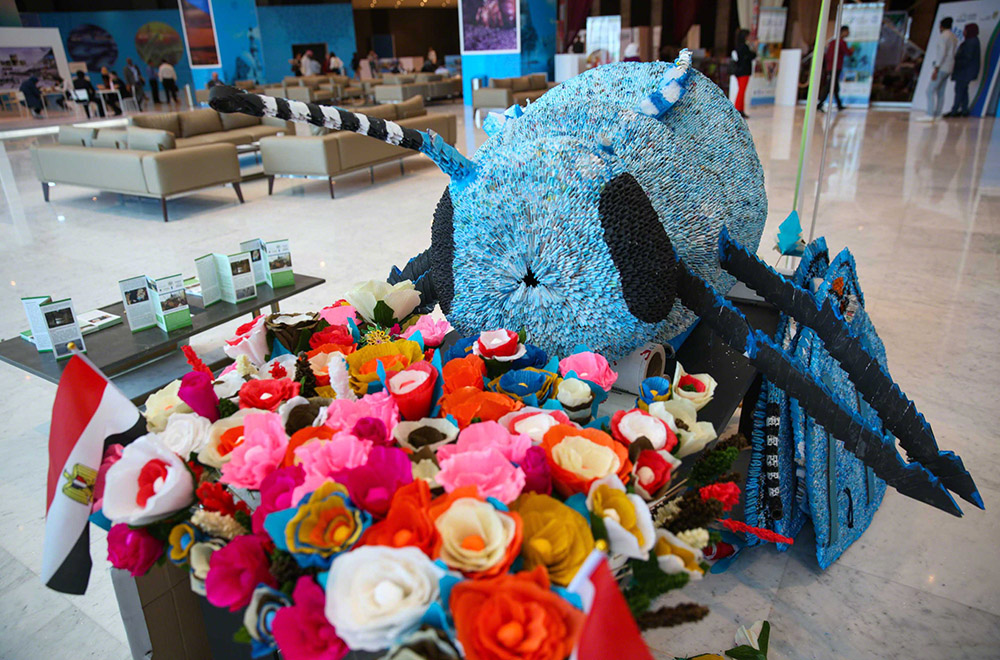Summary

The following events were covered by IISD Reporting Services on Monday, 19 November 2018:
Reflections and Lessons Learnt From International Climate Initiative (IKI) Projects For Achieving The CBD Aichi Targets and the 2050 Vision for Biodiversity
Photos by IISD/ENB | Kiara Worth
For photo reprint permissions, please follow instructions at our Attribution Regulations for Meeting Photo Usage Page
Enhancing Progress towards Aichi Target 11: Protected Planet and the IUCN Green List of Protected and Conserved Areas
Presented by UN Environment, in collaboration with the National Geographic Society and the International Union for Conservation of Nature (IUCN)
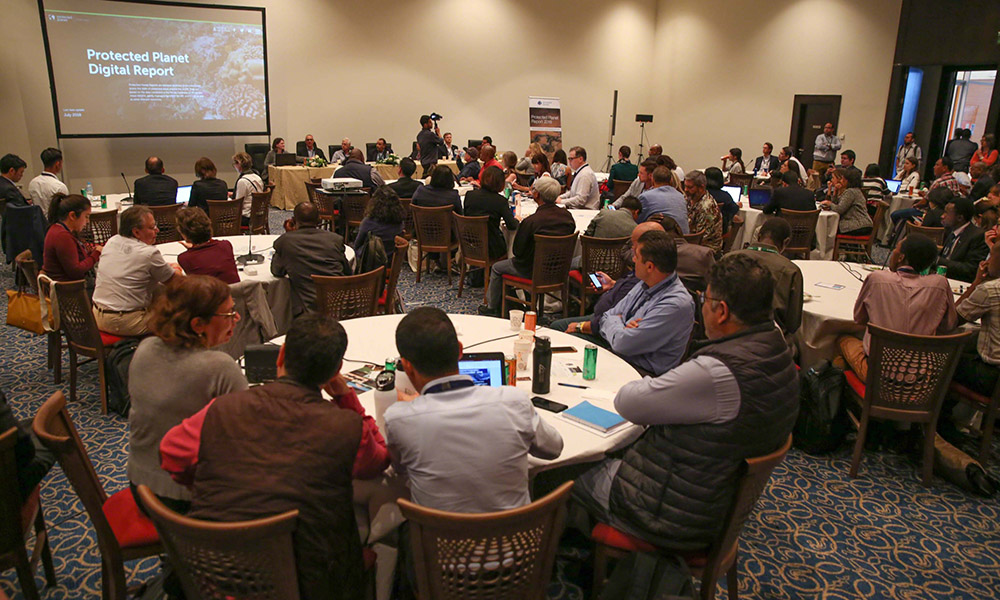
Posted by IISD Reporting Services on Monday, 19 November 2018
This side event discussed: implementation of the IUCN Green List of Protected and Conserved Areas in a number of countries, capacity development, financing and investment, and the delivery of Aichi Biodiversity Target 11 on protected areas. Special note was given to the 2018 Protected Planet Report throughout the event. The IUCN Green List is the first global standard of best practice for area-based conservation. As a programme of certification for protected and conserved areas, such as national parks, natural World Heritage sites, community conserved areas and nature reserves, the List recognizes well-managed and well-governed protected and conserved areas, increasing the number of natural areas delivering long-lasting conservation results for people and nature. Trevor Sandwith, IUCN - Global Protected Areas Programme, moderated the event.
Naomi Kingston,UN Environment World Conservation Monitoring Centre (UNEP-WCMC), presented the latest edition of the Protected Planet Report, highlighting its purpose in tracking international progress towards achieving biodiversity targets, notably Aichi Biodiversity Target 11. She noted the adoption of a new approach to data sharing, meaning that an online version will be updated monthly to include new information to track all achievements in different countries. She underscored the importance of effective management of protected areas and stated that they have the Post-2020 Biodiversity Framework in mind for working towards giving the scientific basis on what comes next after 2020.
Dan Myers, National Geographic Society (NGS), said NGS is investing in transformative ideas and looking for visionary countries and organizations to implement them. He stressed that NGS uses its resources to tell the story about the challenges the planet faces and that the Protected Planet Report is a crucial opportunity to unify the world under a single narrative.
Moderator Sandwith discussed the IUCN Green List values, stressing that nature and culture are interwoven. He noted the establishment of the IUCN Green List Standard, which is a voluntary global sustainability standard that provides an international benchmark for quality and motivates improved performance and achievement of conservation objectives. He underscored the importance of the standard inspiring confidence and gaining the respect of governments, giving hope for the future.
Hany El Shaer, IUCN, noted the importance of the IUCN Green List in the delivery of conservation outcomes through equitably-managed conserved areas and stated that protected areas are needed to conserve biodiversity. He welcomed the fact that 13 sites in Jordan have been green-listed in just one year.
Marc Hockings, University of Queensland, presented lessons learned from Australia and stated that it was a moment of great inspiration when the first site was green listed and the first certificate was obtained. He noted that indigenous peoples manage half of the protected areas in Australia, which therefore necessitates greater cooperation with them.
Keping Ma, Secretary-General for CNC-DIVERSITAS, presented on the IUCN Green List in China, noting lessons learned from the China pilot process, which included numerous training workshops for assessment.
Fernando Camacho, National Commission of Natural Protected Areas, Mexico, spoke on the achievement and incorporation of Aichi Target 11 in Mexico, noting that Mexico has 182 protected areas and stressing that marine protected areas are more difficult to manage. He said that Mexico needed to construct a system and tools to measure effectiveness in reaching its goals.
Marina von Weissenberg, Ministry of the Environment, Finland, noted the existence of 3000 protected area and 10,000 private protected areas in Finland and stressed that these numbers should not make us complacent. She underscored the need for urban districts to find a way to promote social and ecological sustainability and the importance of networks between protected areas and the building of indicators for policymakers.
In the ensuing panel discussion, panelists answered questions on the inclusion of oceans under the IUCN Green List, whether this list can be applied in situations where the protected area system is managed by national agencies, and ideas and solutions regarding the difficulties of collecting accurate data from all the national parks. Panelists stated that sometimes areas are conserved, but not reported, and underscored the need to incentivize reporting processes. Panelists also replied to questions regarding the unwillingness of local communities to share knowledge on conservation measures and on financial gaps.

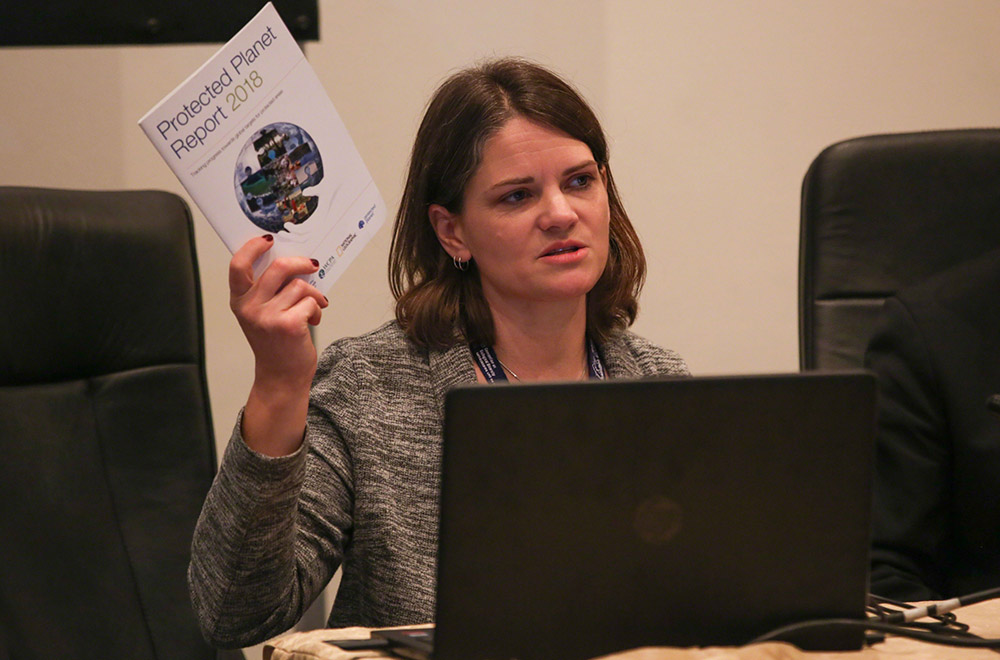
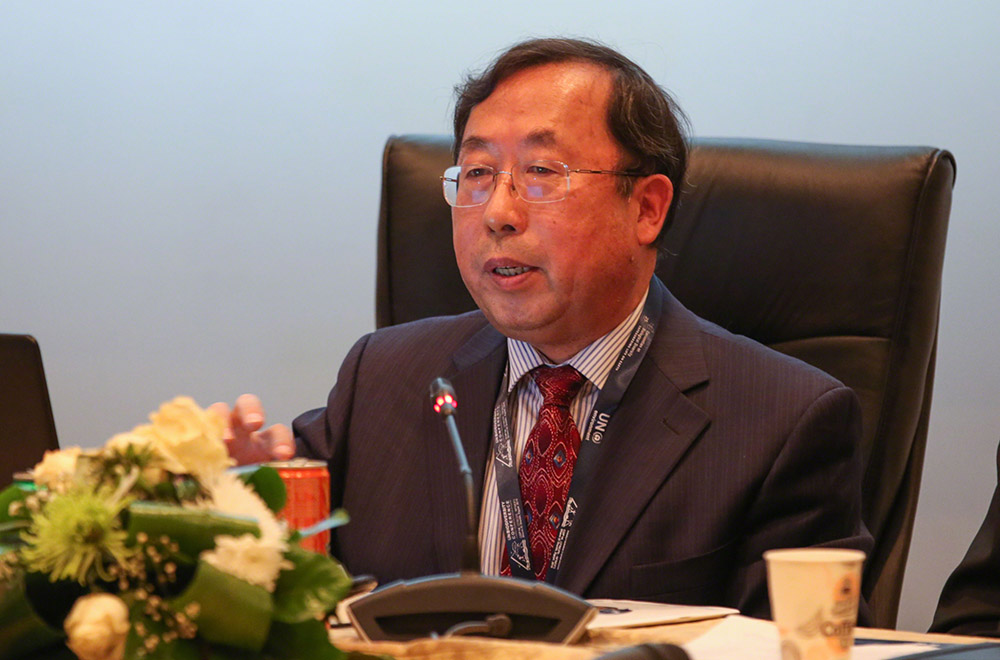
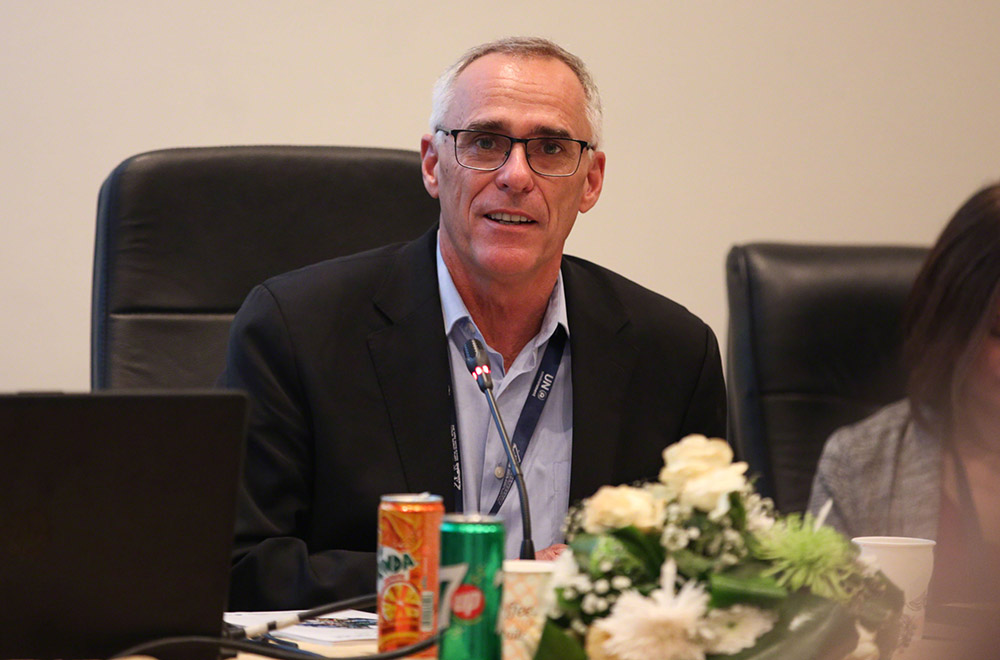
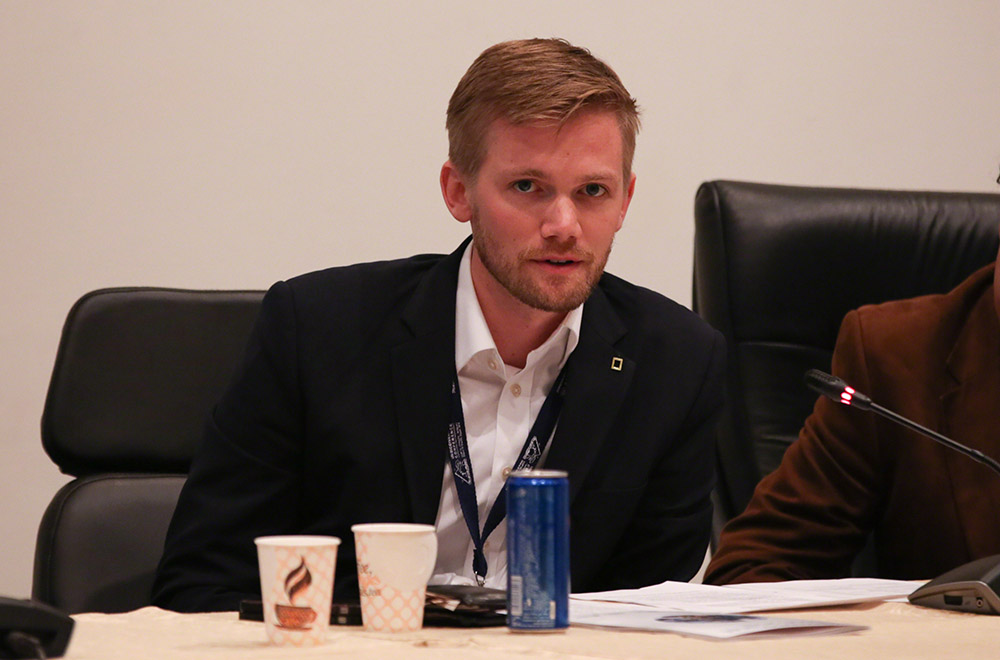
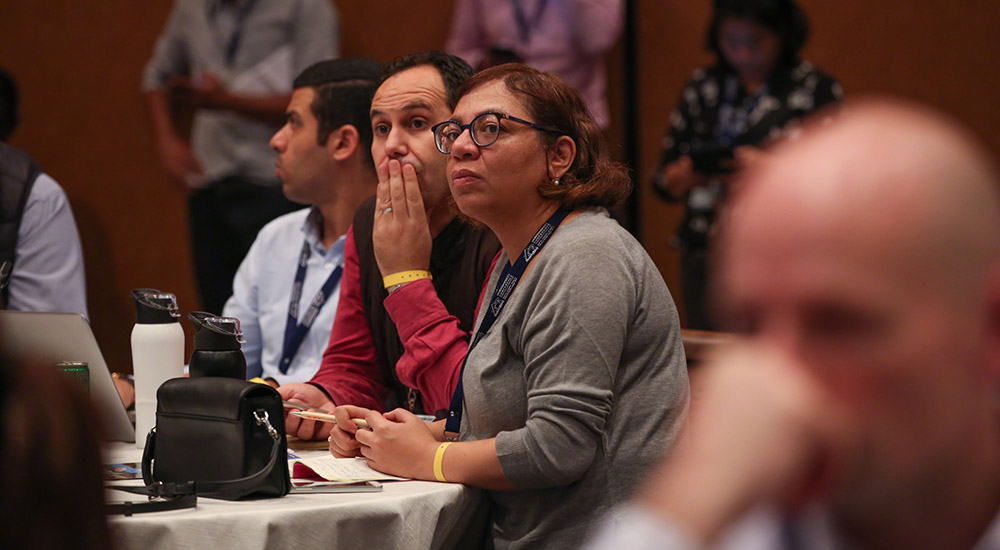
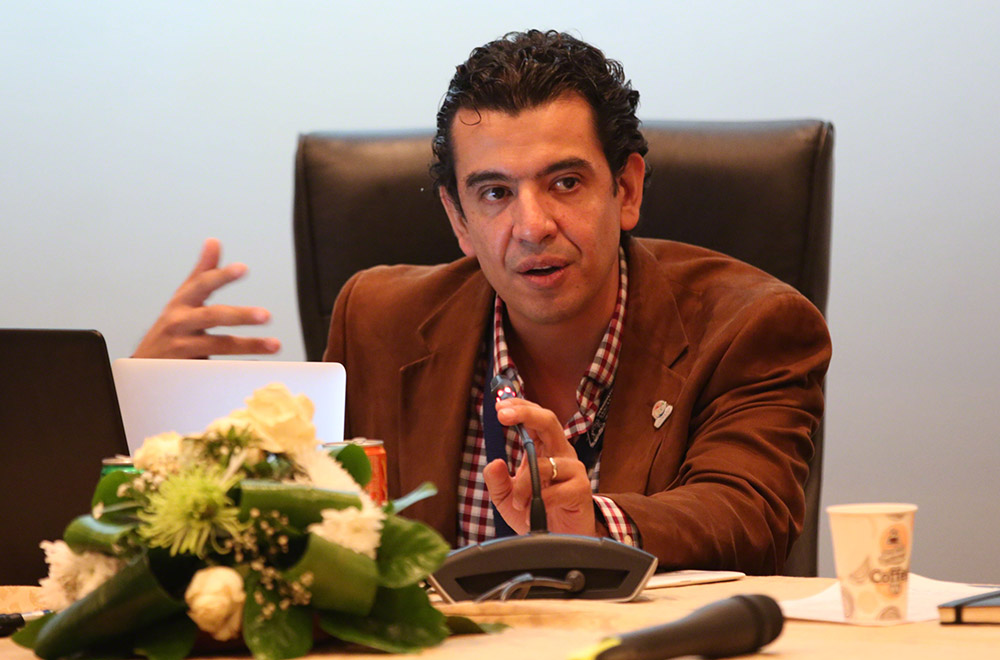
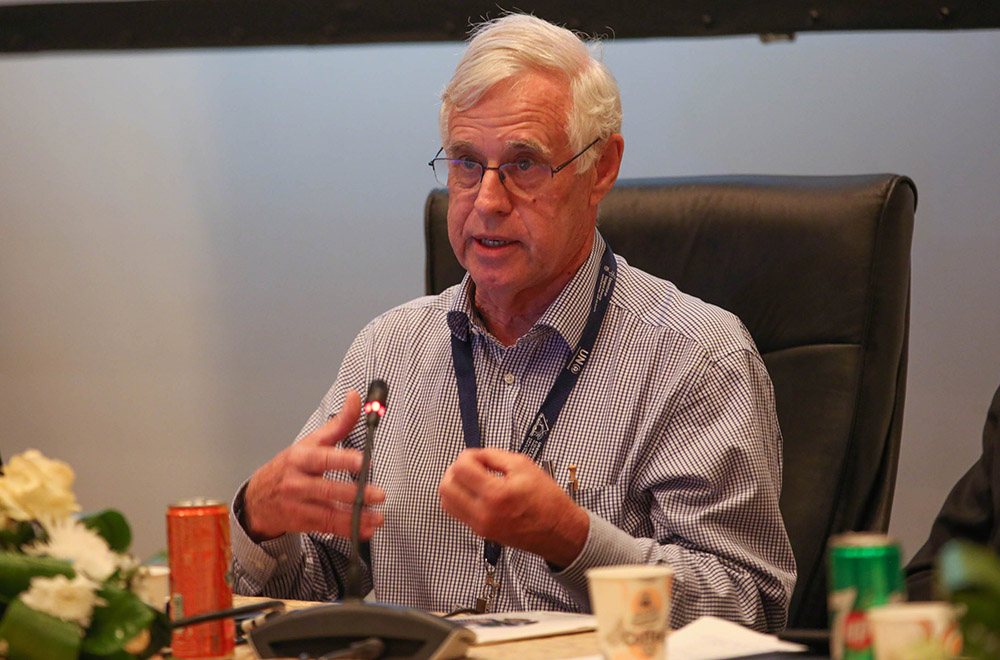
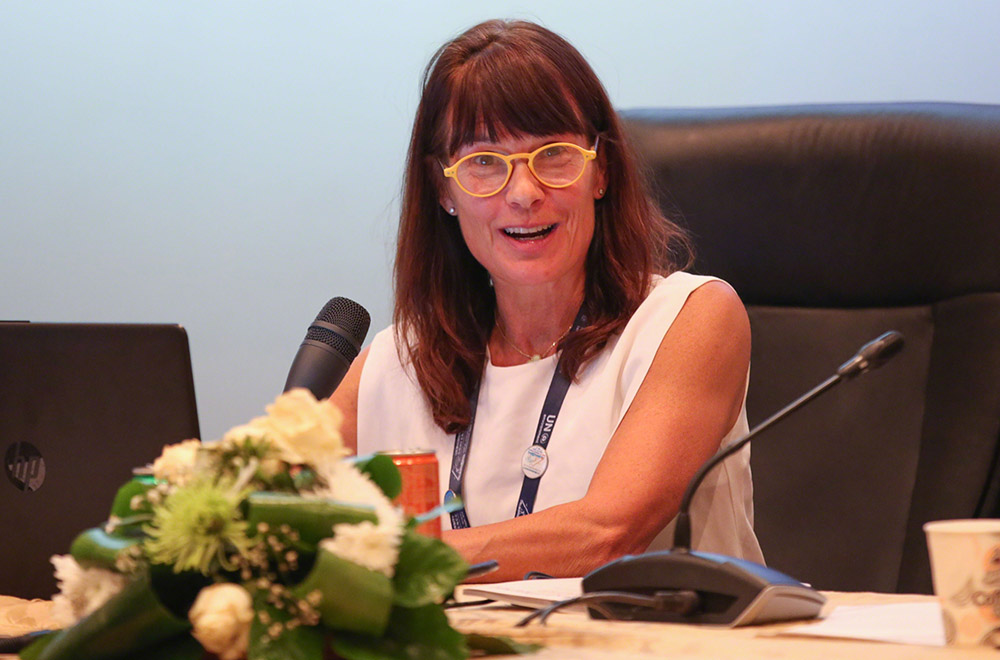
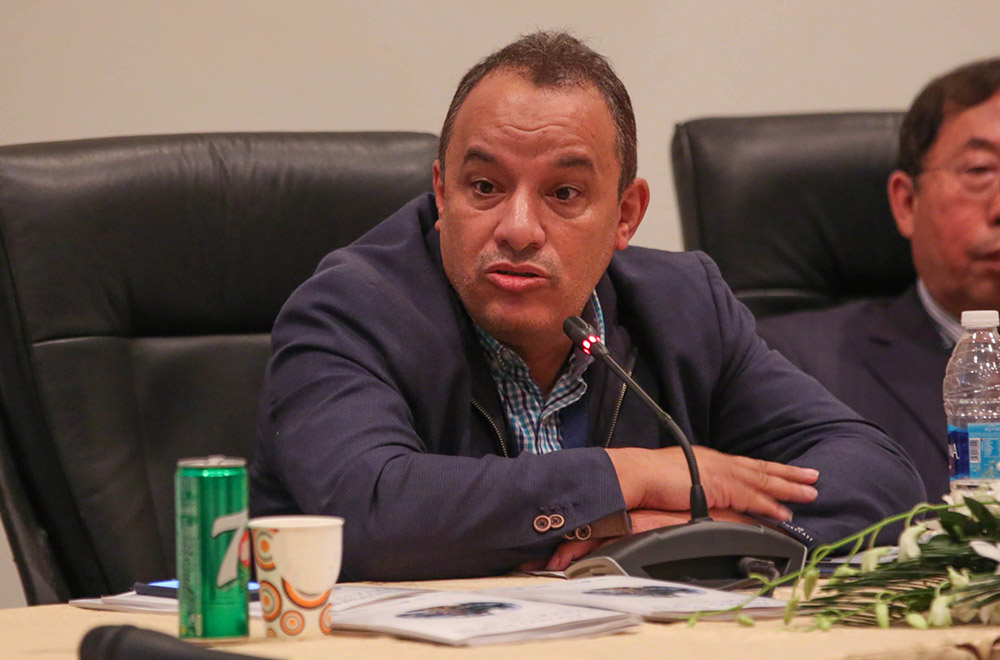
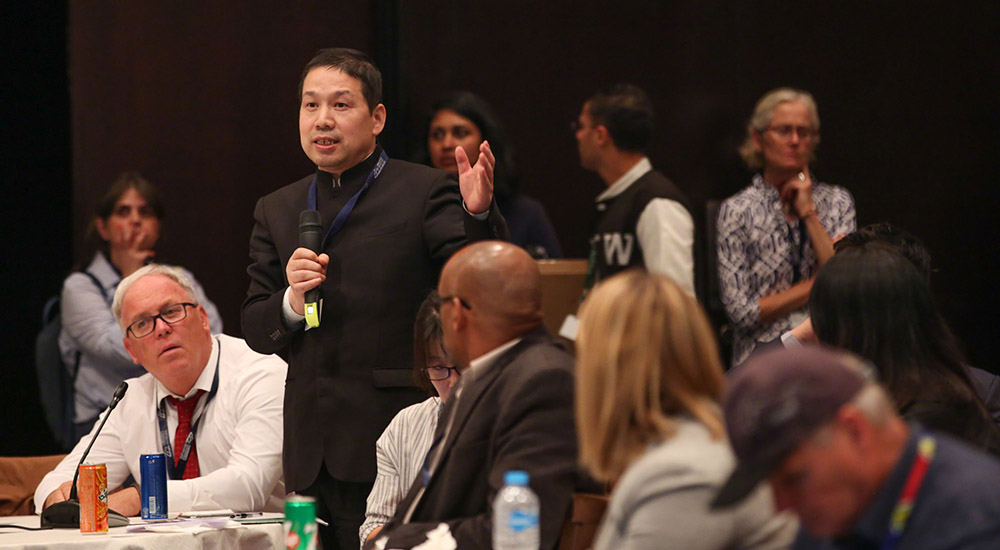
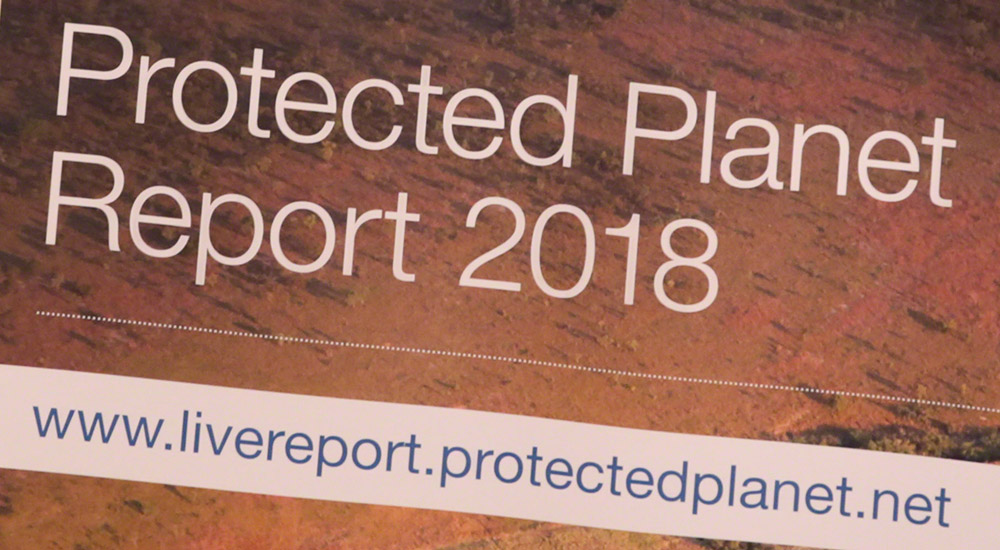
From Aichi to Post-2020 – What We Should Do Next Decade 2021-2030 toward Biodiversity 2050 Vision “Living in Harmony with Nature”
Presented by the Japan Committee for UN Decade on Biodiversity (UNDB) and Secretariat of the Convention on Biological Diversity (CBD) and Ministry of Environment, Japan, with support from the Nature Conservation Society of Japan and Japan Committee for IUCN

This session complemented a series of debates during the UN Biodiversity Decade (UNBD) Day on the sidelines of COP 14 at the Communication, Education and Public Awareness (CEPA) Fair.
Teppei Dohke, Vice-President and Secretary-General, Japan Committee for IUCN, introduced the session, noting a focus on lessons learned for the Post-2020 Biodiversity Framework.
Kazuhiko Takeuchi, UN University Institute for the Advanced Study of Sustainability (UNU-IAS), presented on the synergies between the Sustainable Development Goals (SDGs) and the Post-2020 Biodiversity Framework. He said the SDGs and their targets are integrated and indivisible, stressing the importance of of integrally improving the implementation of sustainable development. He mentioned that the ultimate goal is to have a better global overview to create stronger links between humans and nature and suggested that participants learn more about the UNU-IAS project ‘Predicting and Assessing Natural Capital and Ecosystem Services in Japan’ (PANCES), in collaboration with the assessment process of the Intergovernmental Platform on Biodiversity and Ecosystem Services (IPBES).
Günter Mitlacher, WWF, spoke on the initiative ‘Scaling Up Biodiversity Communication for Achieving Aichi Target 1,’ which aims to enhance understanding on awareness measurements. He focused on the results of the ‘Baseline Study on Biodiversity Awareness in 10 Countries,’ which consisted of 25-minute online quantitative surveys with around 10,000 respondents, explaining that the understanding of “biodiversity” is largely attributed to the “diversity of living organisms” but that “genetic diversity” is less apparent. On a communications strategy up to 2020, he underscored the need to: broaden the understanding of the “biodiversity” concept beyond “diversity of living organisms” and include “diversity of habitats and ecosystems”; associate biodiversity and nature with resources like food, air, water and overall wellbeing; and recognize current efforts with a view to adopting significant changes in lifestyle.
Melina Sakiyama, Global Youth Biodiversity Network, reported on the work of youth articulation to implement the objectives of the CBD that can “push for change on the ground.” She said that 76 countries and 184 youth leaders are engaged in this work, and connecting to replicate the information about the importance of biodiversity conservation among future generations. As a network, she presented infographics that can raise awareness in a simpler manner and encourage action. She stated that “young people are valuing principles that support biodiversity, including, for example, justice, human rights, power balance, and health as essential elements to be used in biodiversity communication” and that “we need to reconnect with people.”
Christian Schwarzer, Global Youth Biodiversity Network, said that the Post-2020 Biodiversity Framework will be the “start of a process” and not an “endpoint.” He stressed that young people are struggling with power asymmetries, anti-democracy, post-truth, anti-science and populism, which are all contributing to the loss of faith and trust in our leaders. He noted that the Post-2020 Framework must be built in a bottom-up manner, stressing that the most fundamental action is to ensure effective implementation.
David Ainsworth, CBD Secretariat, on behalf of the Commission for Education and Communication of IUCN, spoke on #NatureForAll, a global campaign, which aims to demonstrate the need to inspire love for nature. He underscored that this movement encompasses 300 partners, who are raising awareness of nature and its values, and supports “life in harmony with nature,” while protecting earth’s natural resources on the premise that people who are detached from nature are less likely to care for it. This campaign, he said, recommends that biodiversity communication includes aspects of health, the elderly, community planning and policies that connect people with nature at a deeper level.
Xu Jing, China, emphasized that the Post-2020 Biodiversity Framewok is a priority for his country, given that the next COP will be hosted in Beijing, China. He declared that China is open for collaboration with all stakeholders for a successful COP 15.
Zou Yueyu, Foreign Economic Cooperation Office (FECO), China, spoke on COP 15 preparations. “Transformative,” she said, is at the core of China’s vision for COP 15, which has the key goals of: demonstrating the construction of ecological civilizations as a role model for the world; sharing experiences that can inform others; providing substantial contributions and sharing resources; and ensuring collective leadership that can build coalitions and send a strong message to the world.
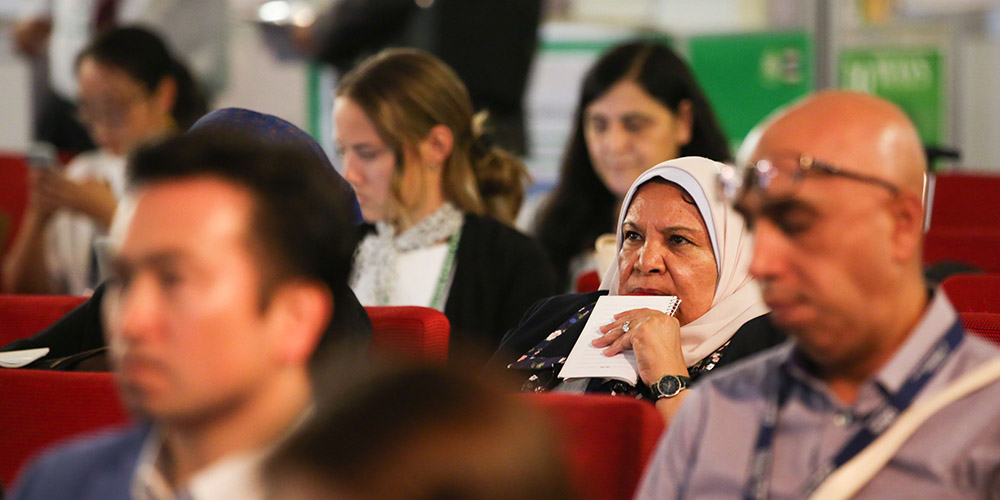
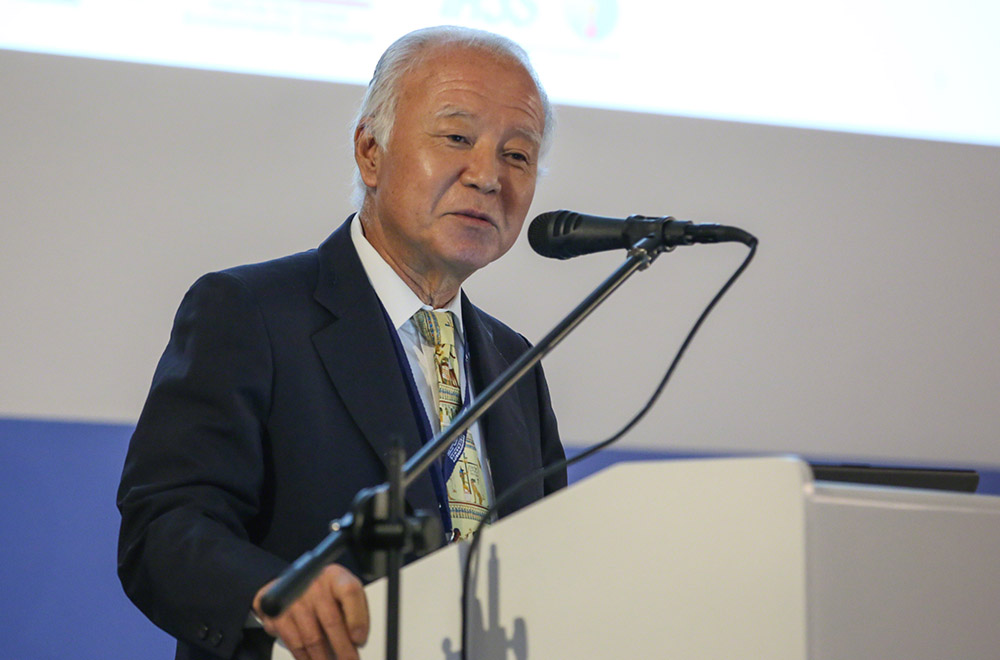
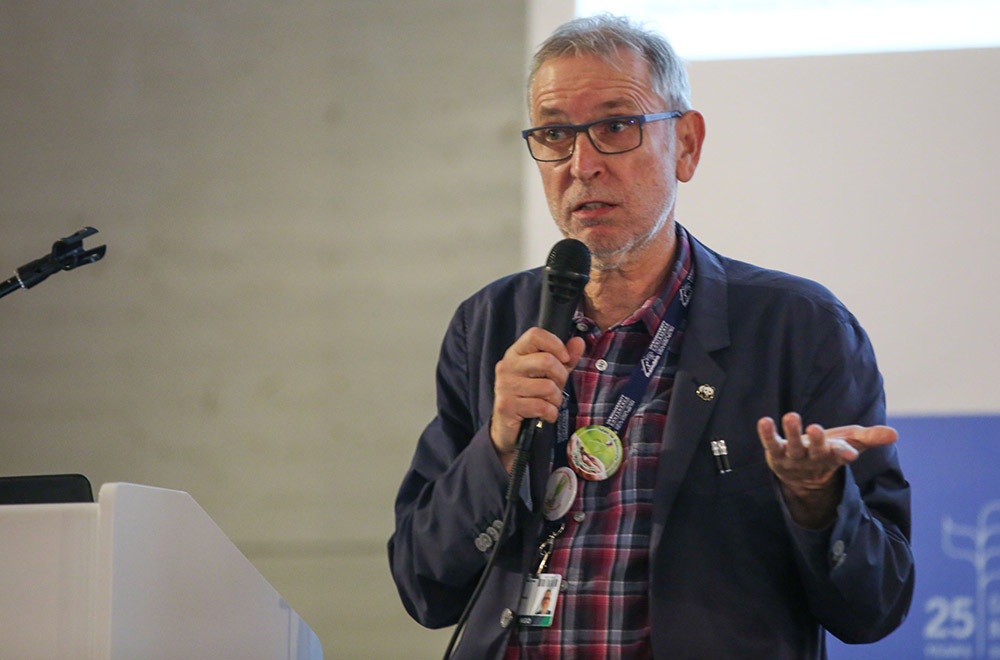
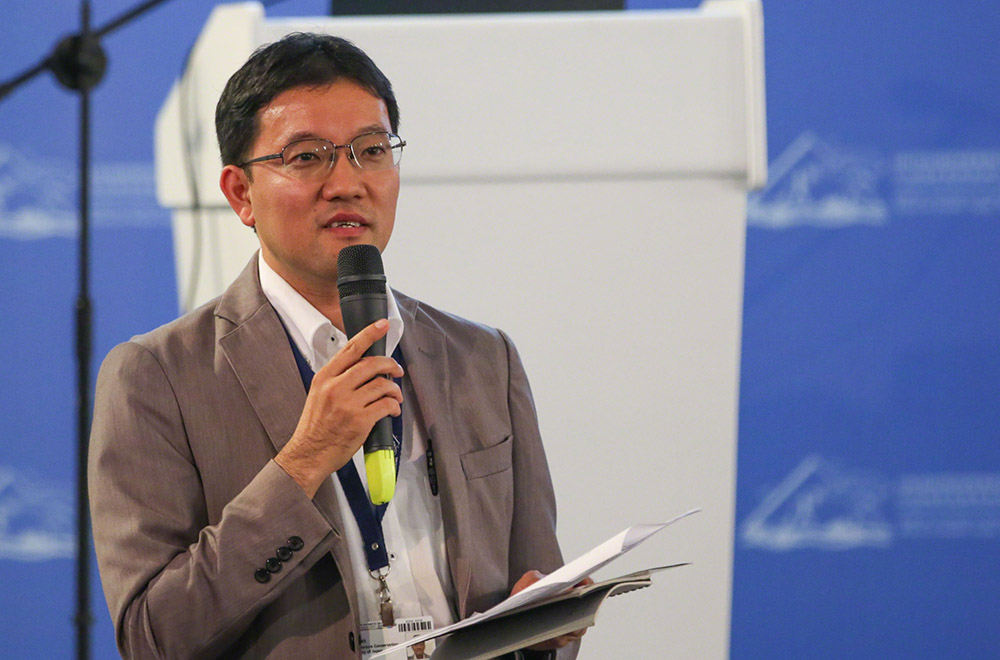
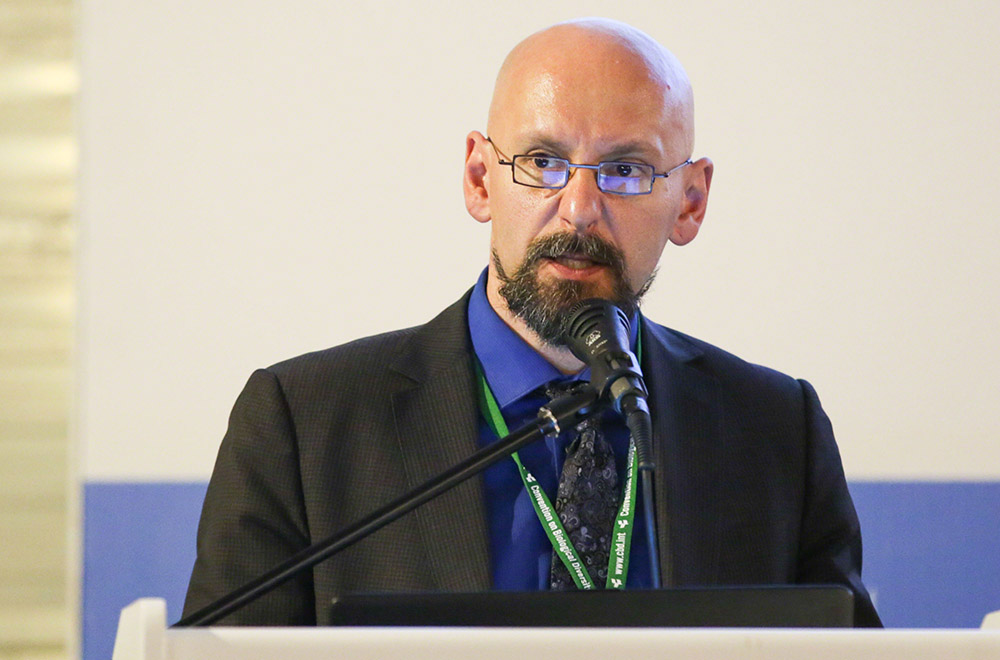
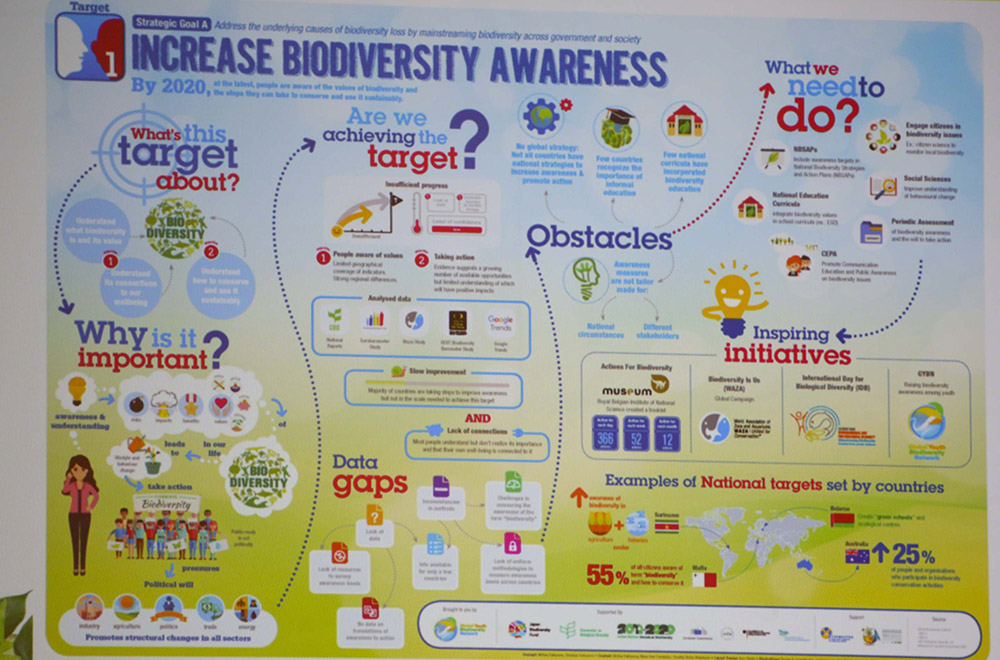
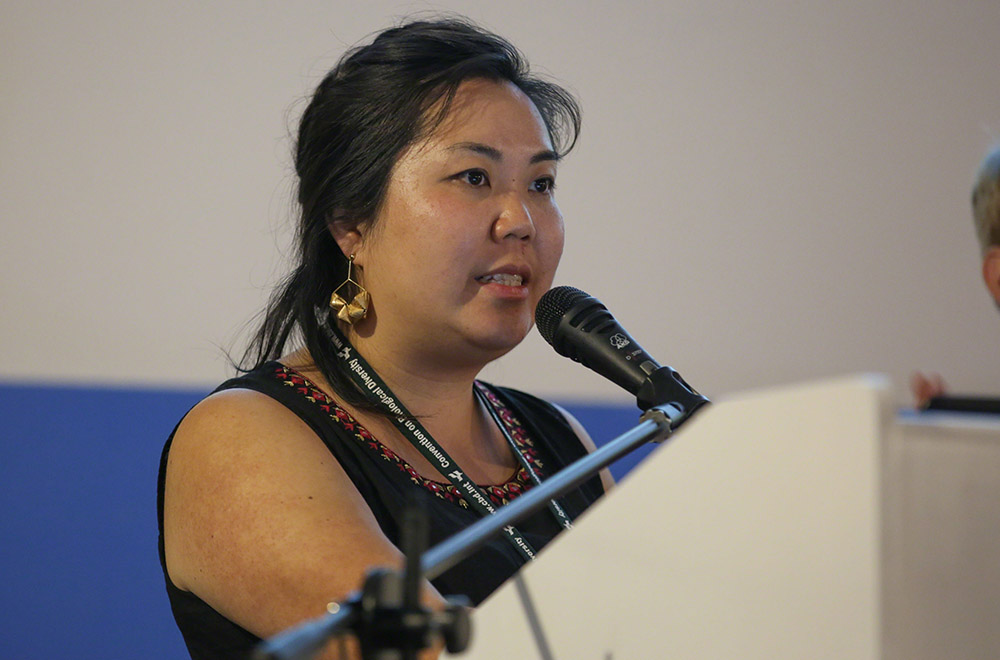
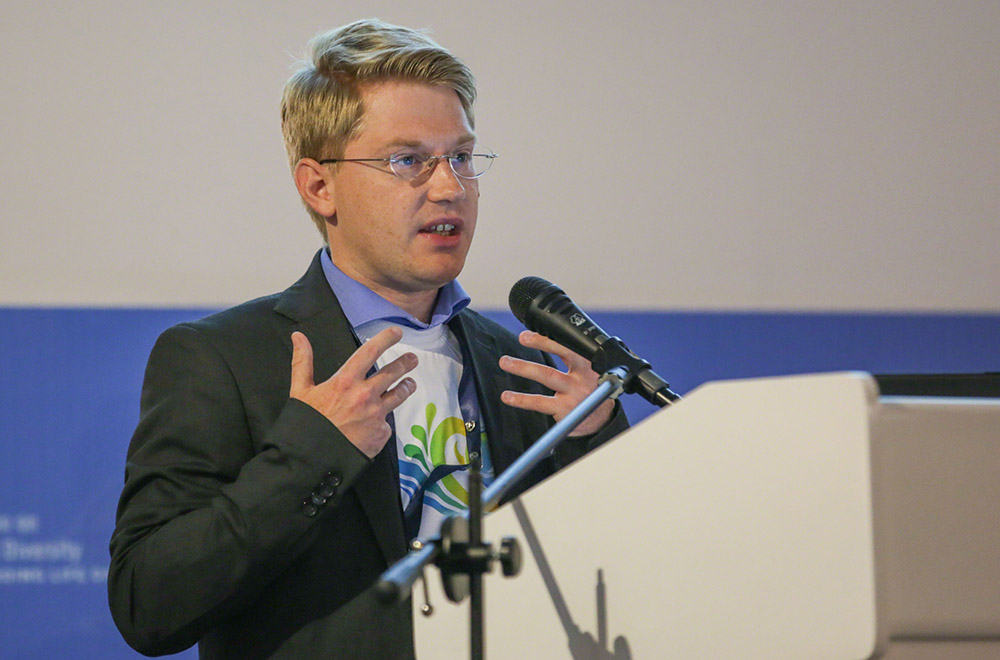
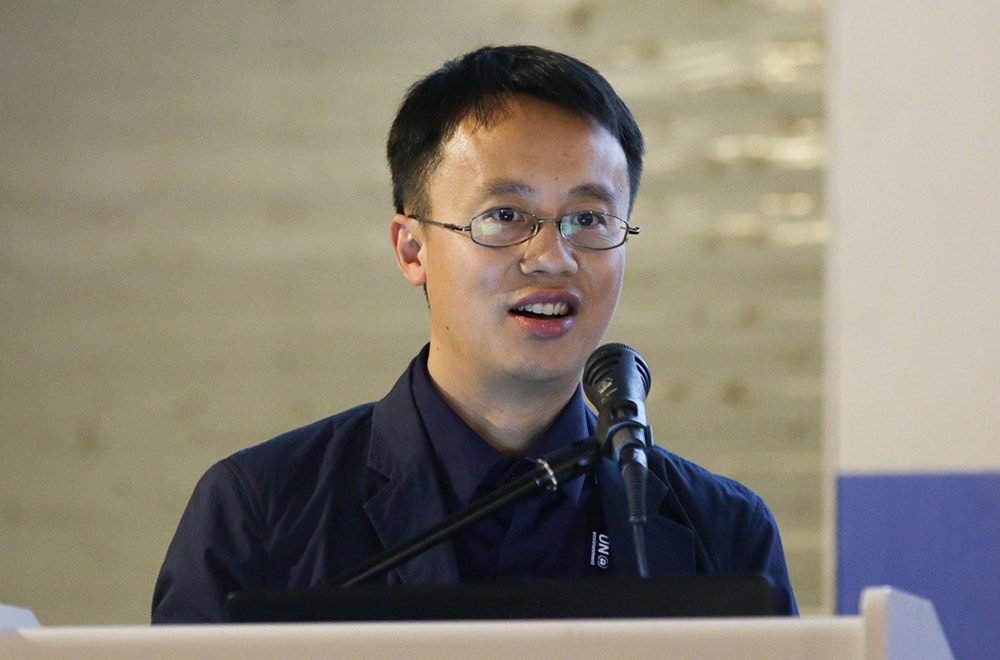
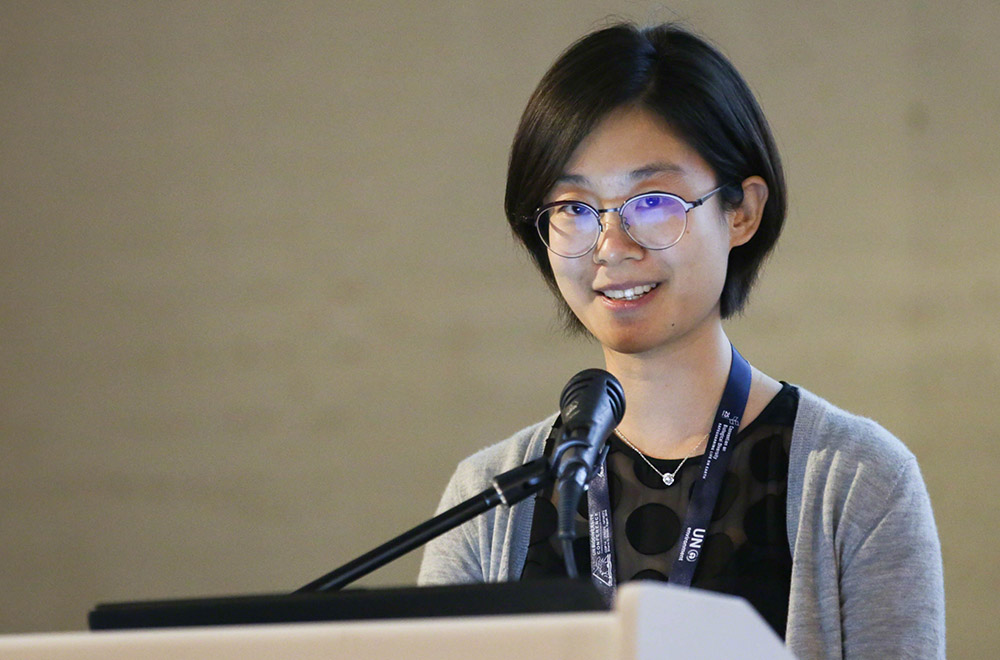
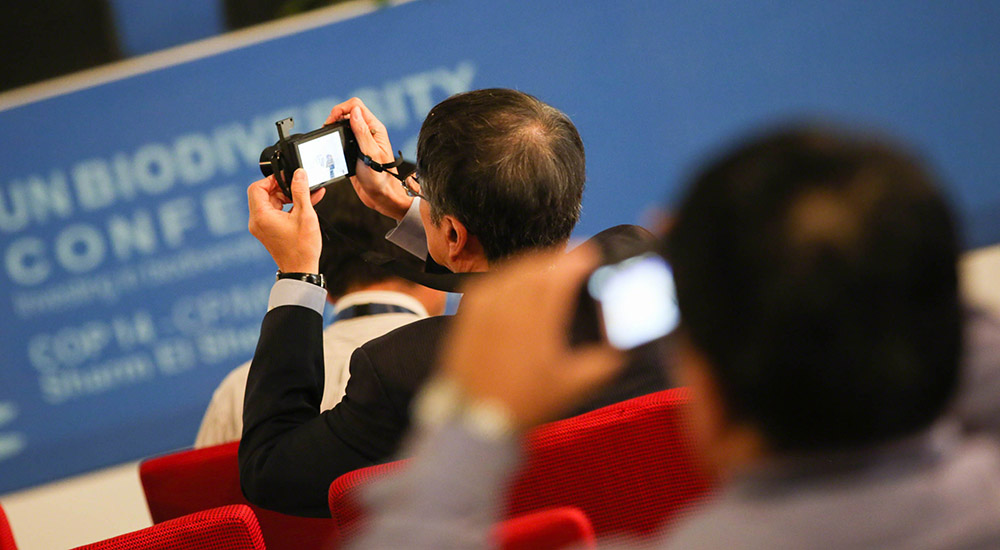
Trees on Farms as a Way to Accelerate Progress on Aichi Biodiversity Targets 7, 13 and 15
Presented by the World Agroforestry Centre (ICRAF), supported by the International Union for Conservation of Nature (IUCN), the Center for International Forest Research (CIFOR) and the Tropical Agricultural Research and Higher Education Center (CATIE)
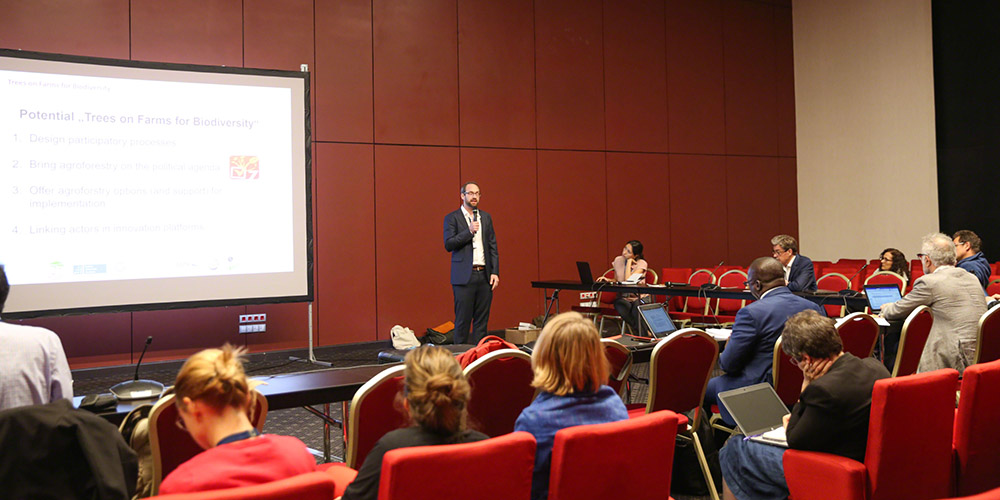
This side event, moderated by Martina Fleckenstein, WWF, explored ways to overcome the loss of on-farm biodiversity by increasing tree cover on farms to provide income and livelihoods to households to restore and enhance biodiversity to agricultural landscapes. In the first part of the side event, participants discussed a monitoring toolkit to measure the contribution of trees to biodiversity on farms, in terms of both benefits for conservation and to production systems. In the second part, a panel of country delegates shared their views and expectations regarding national policies and practices that encourage on-farm tree-planting.
In identifying ways to improve National Biodiversity Strategic Action Plans (NBSAPs) based on the experience of Peru, Yves Zinngrebe, Göttingen University, discussed: identifying different narratives of biodiversity conservation; targeting the causes of biodiversity loss; implementing political objectives; and building trust and collaboration. On biodiversity narratives, he noted a dominance of “capitalist and protectionist narratives” within the multilateral biodiversity agenda. On targeting causes, he stressed that agriculture is directly linked to biodiversity loss and that trees on farms are not directly targeted within NBSAPs. On improving the potential for trees on farms for biodiversity, he noted the need to: design participatory processes; bring agroforestry on the political agenda to achieve Aichi Target 7; offer agroforestry options for implementation; and link global and national actors to the political process through innovative platforms.
Philip Dobie, ICRAF, explained that while agroforestry is often presented as a “productive” set of processes to improve farming systems and livelihoods, it must also be viewed as a more ecologically-sound way to manage agricultural landscapes. He presented on ways to improve agroforestry within Aichi Target 7 by incorporating indicators, including: land areas under organic production; the use of the Wild Bird Index for farmland birds; and the Living Planet Index. He stressed that trees on farms play a critical role for Aichi Target 7 in maintaining and restoring high levels of landscape biodiversity through in situ conservation, connecting fragmented habitat, and conserving soil biodiversity.
Anja Gassner, ICRAF, presented on the identification of suitable proxy indicators to assess and monitor biodiversity through trees on farms. She described work being done to: develop a tool with 30 national biodiversity experts from Honduras, Peru, Rwanda, Uganda and Indonesia; field-test proxy indicators through farm inventories; consult with country Convention on Biological Diversity (CBD) focal points to ensure complementarity; and widely consult with experts outside of pilot countries. On specific challenges to measuring trees on farms through remote sensing, she noted that such imagery is often difficult to interpret when cloud-free coverage is not possible and that higher resolution images involve higher costs. She stressed the need to “bridge the divide” between a scientifically accurate tool and its practicality.
In the panel discussion, Roxana Solis, Ministry of Environment, Peru, spoke about the challenges of realizing an ambitious NBSAP that necessarily requires involvement of sectors beyond the Ministry of Environment in her country. She stressed the need for in situ pilot projects that integrate both agrobiodiversity conservation and production to better implement NBSAP objectives. Francis Ogwal, National Environment Management Authority, Uganda, emphasized that trees are rapidly disappearing in the landscape, largely as a result of farmers cutting trees to sell charcoal feeding urban demand. He also said that: more data is needed on what species remain on farms; planting trees on farms is not a sufficient indicator of whether species diversity is increasing or decreasing on farms; and clear indicators are required that accurately pinpoint changes in the landscape and identify impacts associated with the loss of trees on farms.
In the ensuing discussion, participants raised questions to the panelists on, inter alia: the type of restoration that is being targeted; whether the goal is to produce biomass or conserve intrinsic biodiversity of native species; whether the proxy indicators will incorporate a dynamic aspect to understand how biodiversity changes with tree planting on farms; and whether broad political and economic demands on farmers is brought under consideration when examining the outcomes of planting trees on farms. Ogwal emphasized the distinction between targeting groups of farmers for promoting trees on farms, based on whether they refer to small-scale or large-scale commercial farmers. Gassner noted the importance of incorporating “crowd-sourced” information in complementing limitations with remote sensing data on how tree planting influences on-farm biodiversity. She also said that we “cannot just plant trees for the sake of planting trees,” noting that tree planting on agricultural land must align with the development agenda for farmers. Solis stressed the importance of bringing together the “social” and the “ecological” in the process of restoring forests on farmlands.
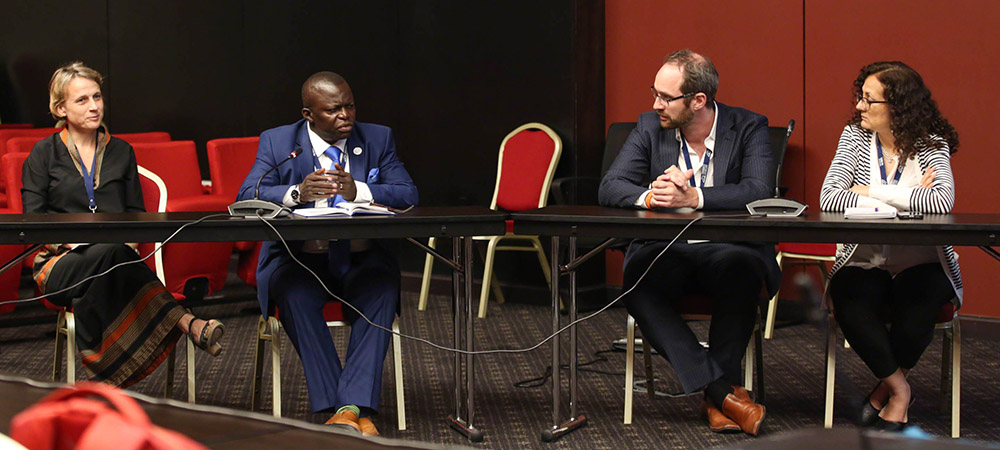
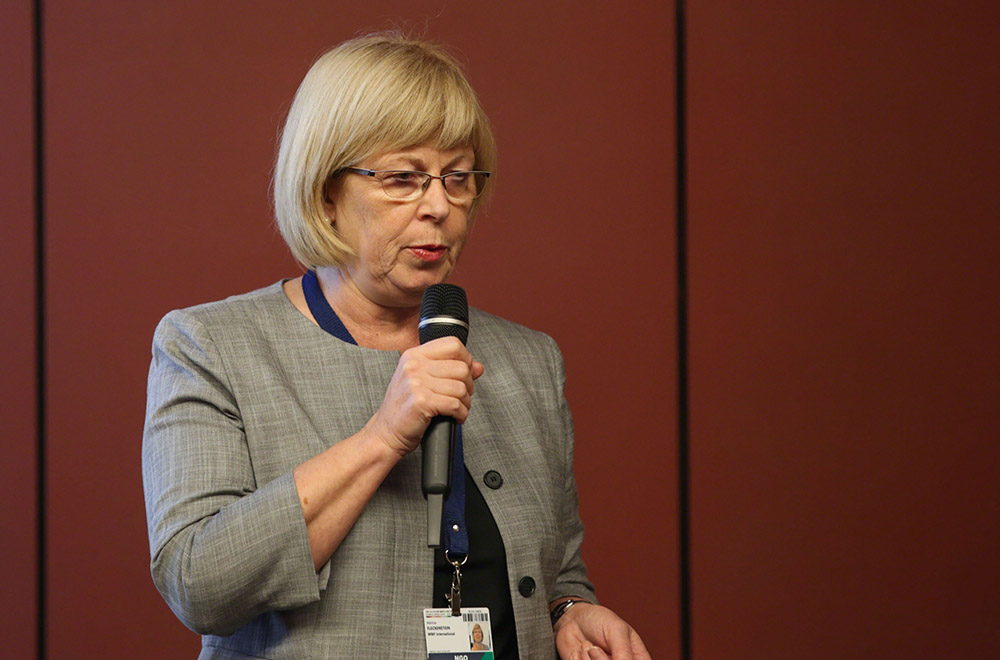



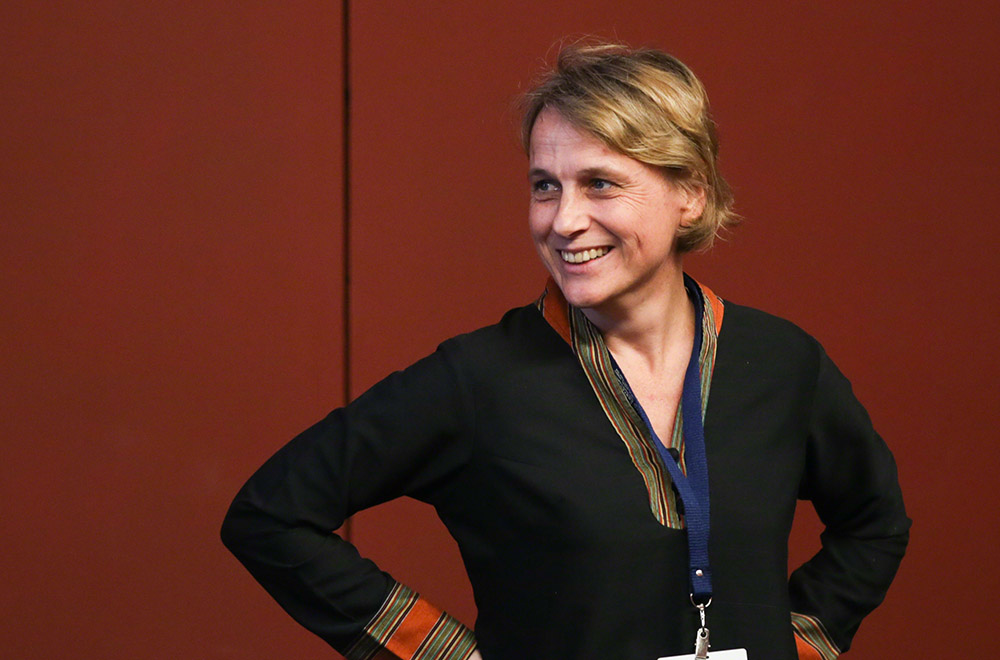
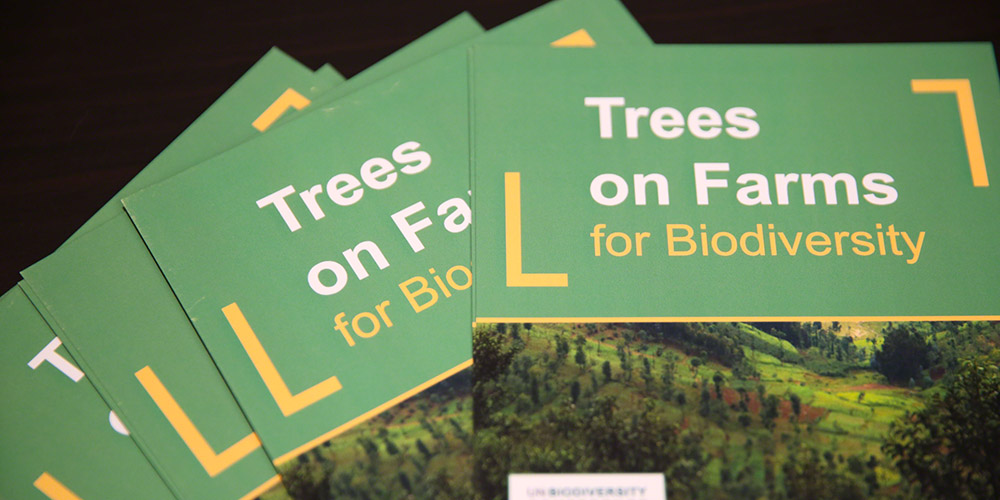
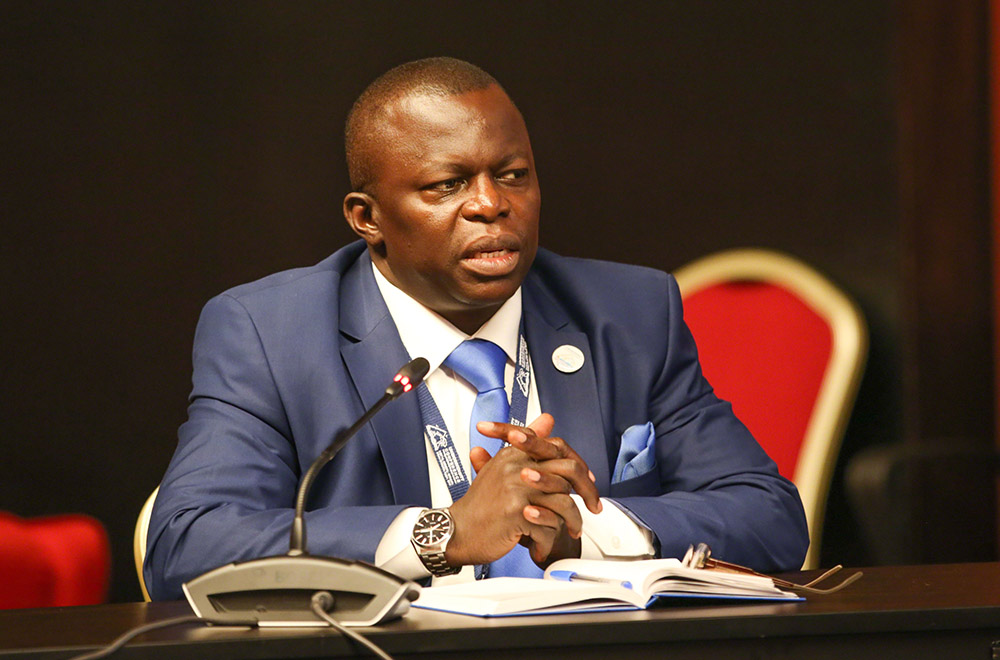
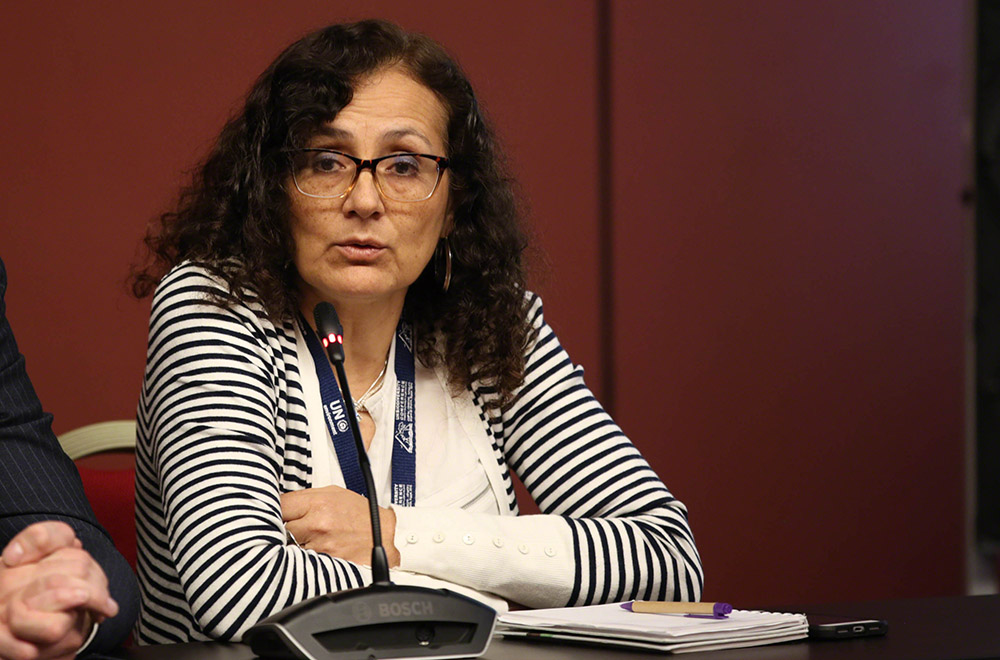
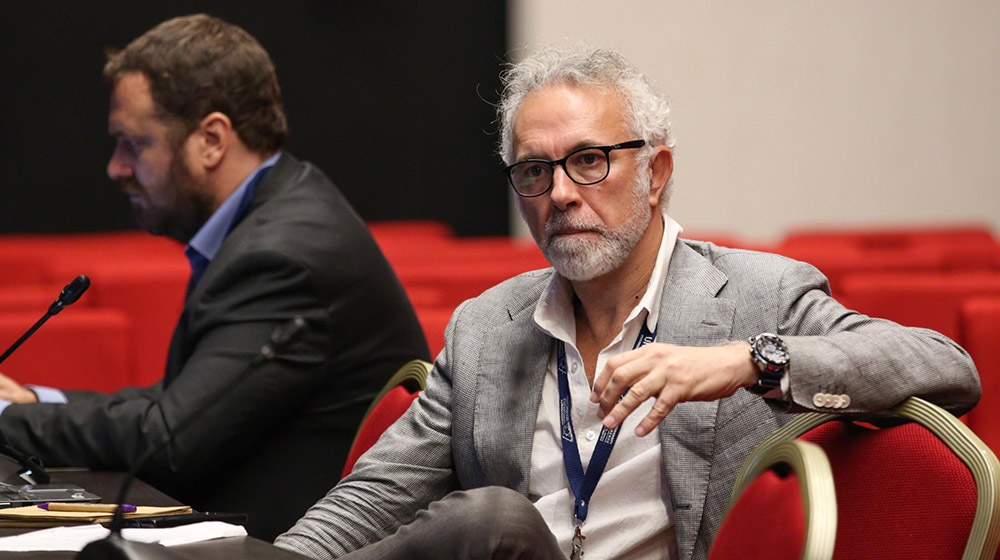
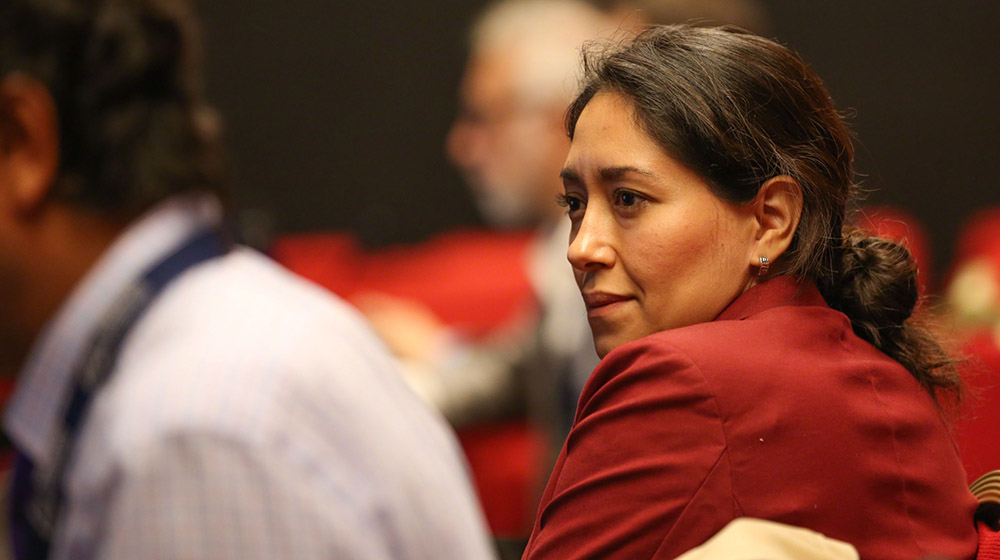
Marine Biodiversity – Creating and Exchanging Solutions for our Blue World:
Reflections and Lessons Learned from International Climate Initiative Projects for Achieving the Aichi Targets and the 2050 Vision for Biodiversity
Presented by Blue Solutions and hosted by the International Climate Initiative (IKI) of the German Ministry for the Environment, Nature Conservation and Nuclear Safety (BMU)
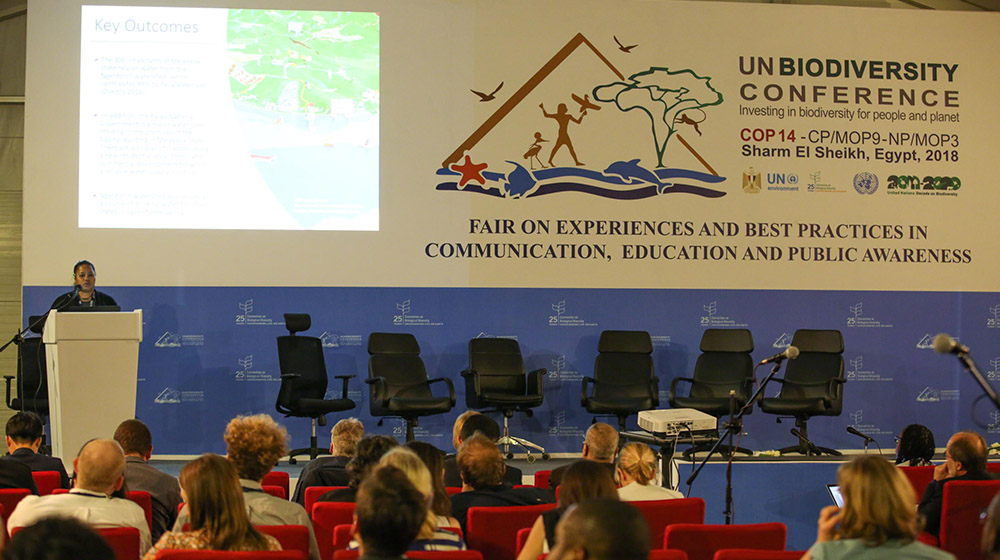
This event was organized to share experiences from the International Climate Initiative (IKI) of the German Ministry for the Environment, Nature Conservation and Nuclear Safety (BMU). The event showcased how 13 IKI projects, promoting sustainable management and conservation of marine and coastal ecosystems in Latin America, Africa and the Asia-Pacific region, offer a platform for international and cross-sectoral knowledge sharing. Project partners shared lessons learned and how the projects are contributing to the Aichi Targets and the 2050 Vision for Biodiversity, as well as to the development of international activities for sustaining oceans. The event also shared the experience of Blue Solutions, an initiative funded by IKI, as an opportunity to promote relevant training materials and other information around the PANORAMA partnership and corresponding online platform. The event concluded with a poster session featuring the 13 IKI projects.
Christian Neumann, GRID-Arendal, and Mae Bruton-Adams, The Nature Conservancy, moderated the event.
Christiane Paulus, BMU, welcomed participants saying that marine and coastal areas around the world are in urgent need of protection. Germany, she said, has now legislated 30% of its exclusive economic zone for marine protection and is working on fisheries regulation policies. She drew attention to her government’s support for marine protection around the world through the IKI, noting that the side event provides an opportunity to take stock of achievements and lessons learned.
Jihyun Lee, CBD Secretariat, congratulated BMU IKI for achievements over the past 10 years and the contributions these have made regarding implementation of the Aichi Biodiversity Targets. She mentioned that the CBD Secretariat has received constructive and scientific advice from IKI projects, including from the Global Oceans Biodiversity Initiative. She also lauded the Blue Solutions and Marine Spatial Management and Governance Programme (MARISMA) in supporting developing countries in the application of ecosystem approaches and marine spatial planning.
Spencer Thomas, Ambassador for Climate Change, Grenada, presented an IKI project on community-based mangrove management in Grenada on Restoration and Community Co-Management of Mangroves. The project, he noted, aims to build resilience to climate change risks through integrated adaptation strategies. He emphasized that the achievement of co-managed resources depends on ensuring social, economic and environmental co-benefits, adding that “a healthy ecosystem means healthy people.”
Alan Boyd, South Africa, presented the MARISMA project, which is enabling sustainable ocean use in the Benguela Current region of southern Africa. The programme, he noted, uses marine spatial planning to designate Ecologically or Biologically Significant Areas (EBSAs). He highlighted successes, including the training of over 200 government officials in marine spatial planning, knowledge exchange and joint learning within the region, and institutionalization of the Marine Spatial Planning Framework in Angola and Namibia.
Gwen Sisior, Ministry of Natural Resources Management, Environment, and Tourism, Palau, presented reflections from a Micronesia-Melanesia Project. She reported on an assessment of the policy options for ecosystem-based adaptation in the Melekeok state in Palau. This study, she noted, was carried out to understand the dependencies of local communities on ecosystem services. Among these dependencies, she highlighted the critical role that the Ngerdorch watershed plays in providing water for close to 300 inhabitants of the state and as a source of drinking water for neighboring states during cases of emergency. She also reported that the study identified, among other things, vulnerabilities that undermine resilience to climate change.
Andreas Gettkant, Gesellschaft für Internationale Zusammenarbeit (GIZ), discussed the Blue Solutions Initiative, and its role in implementing the CBD Strategic Plan for marine and coastal biodiversity programmes. He reported on activities such as: global knowledge management through PANORAMA; capacity building on marine special planning, ecosystem services and adaptation to climate change; and support for science-policy processes.
During the panel session, discussants addressed opportunities for ensuring protection and sustainable use of marine and coastal biodiversity beyond 2020 and the role that IKI can continue to play. Lee underscored the need to ensure that the tools and methodologies developed thus far provide guidance for future work. Thomas underscored that “turning destruction into restoration” requires projects that result in changes in communities.
Participants subsequently gathered for a poster session to receive more information on 13 IKI marine projects and their impact and contributions to theAichi Targets, including concrete impacts in specific countries.
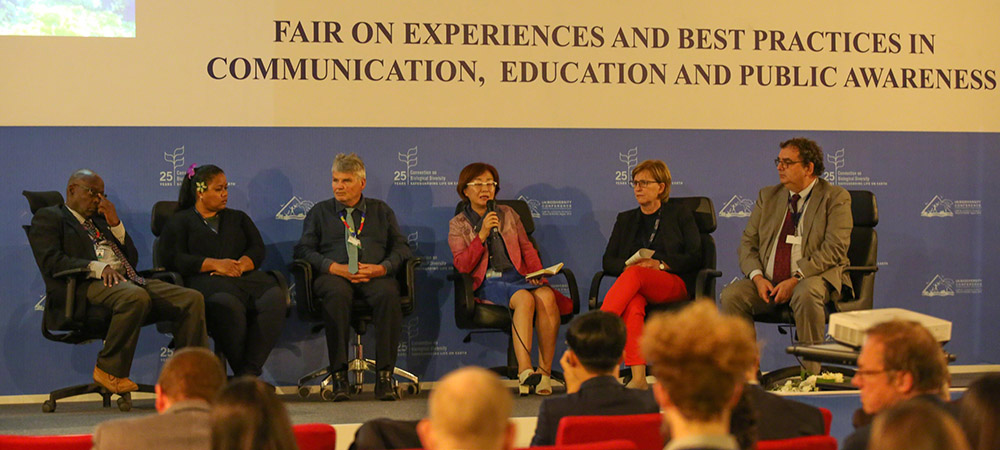
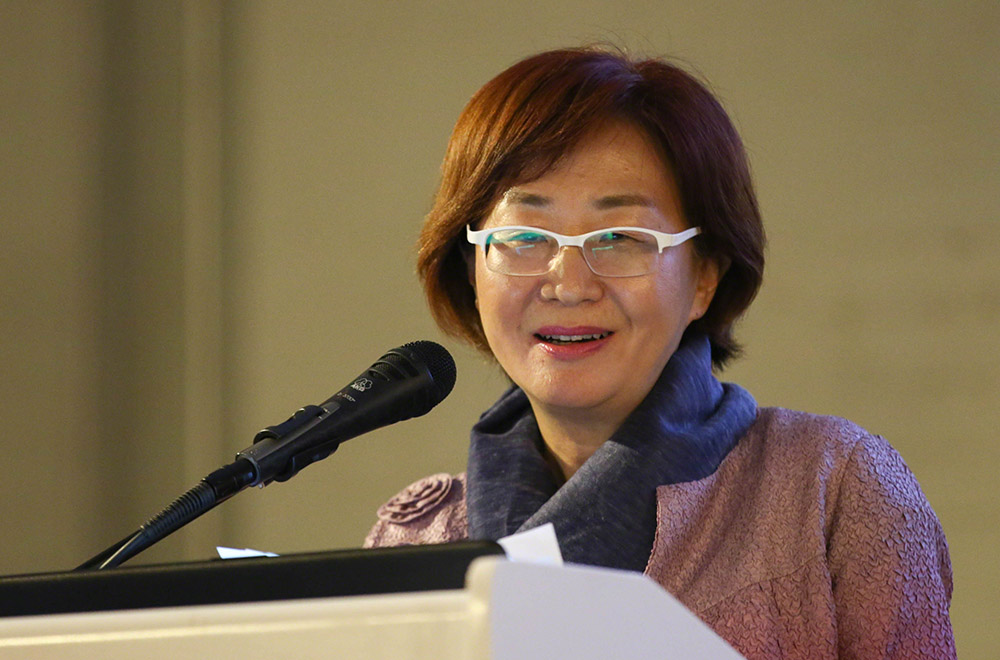
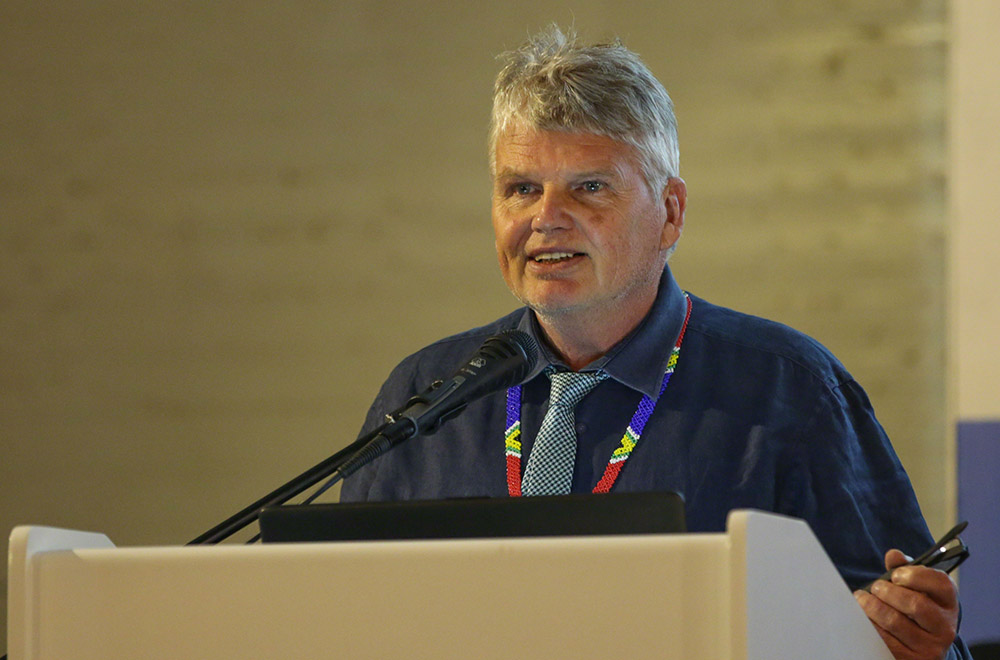
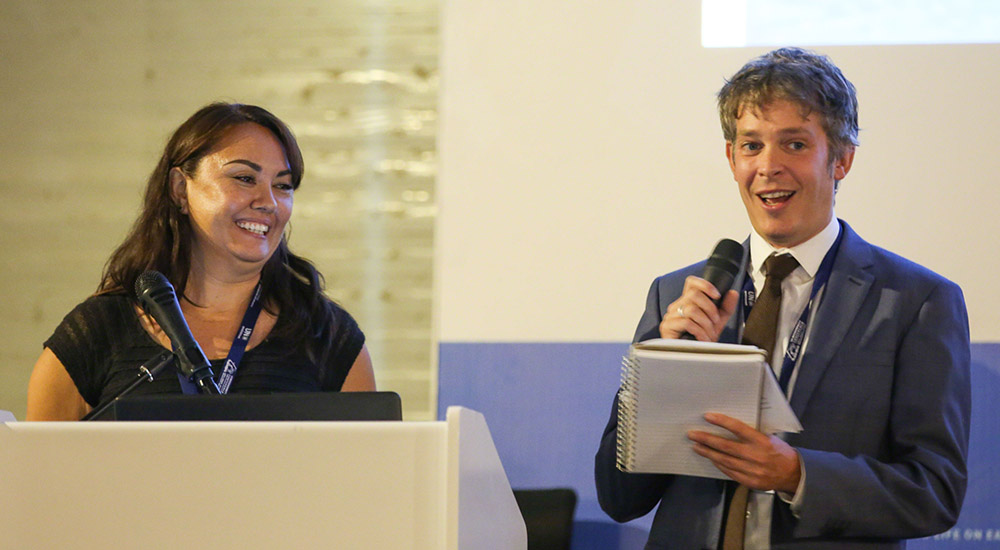
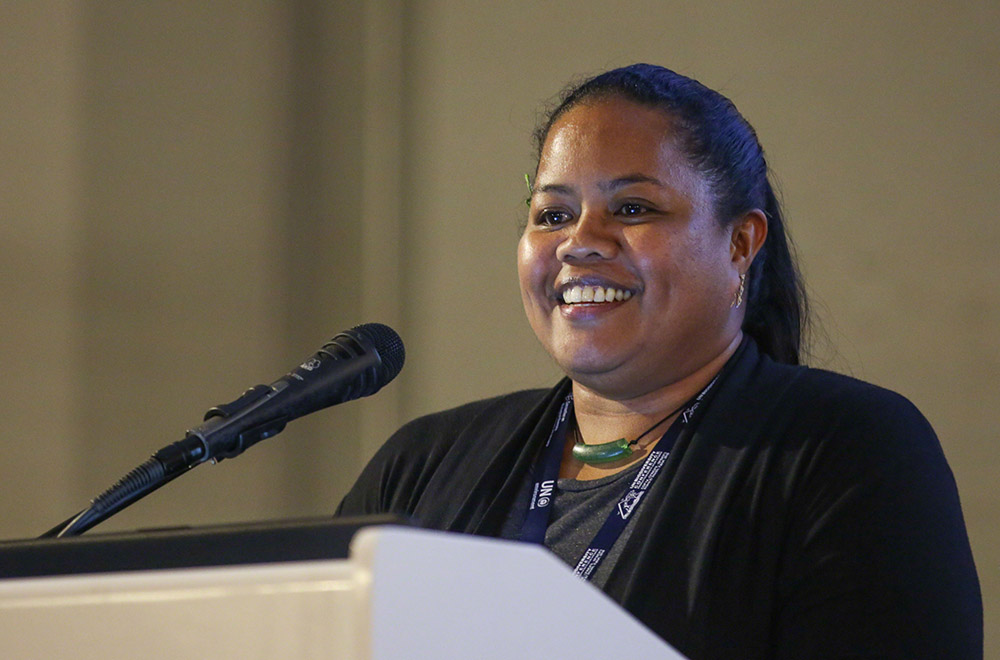
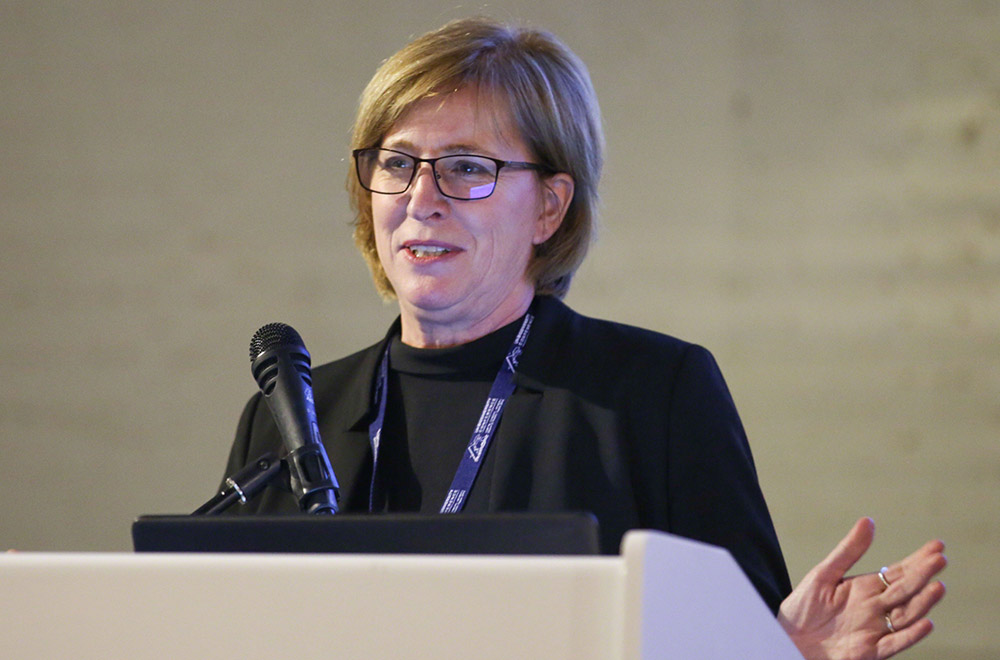
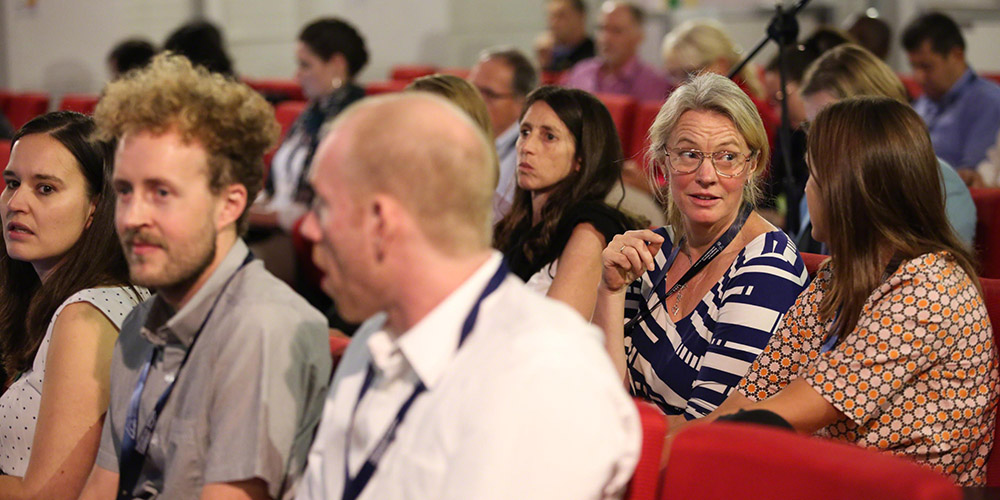
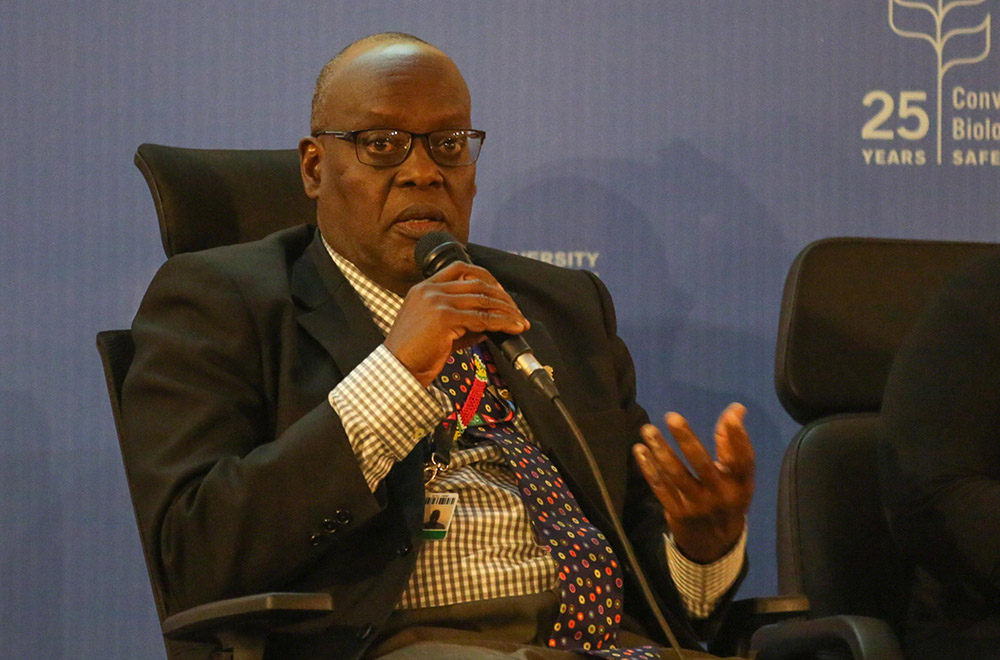
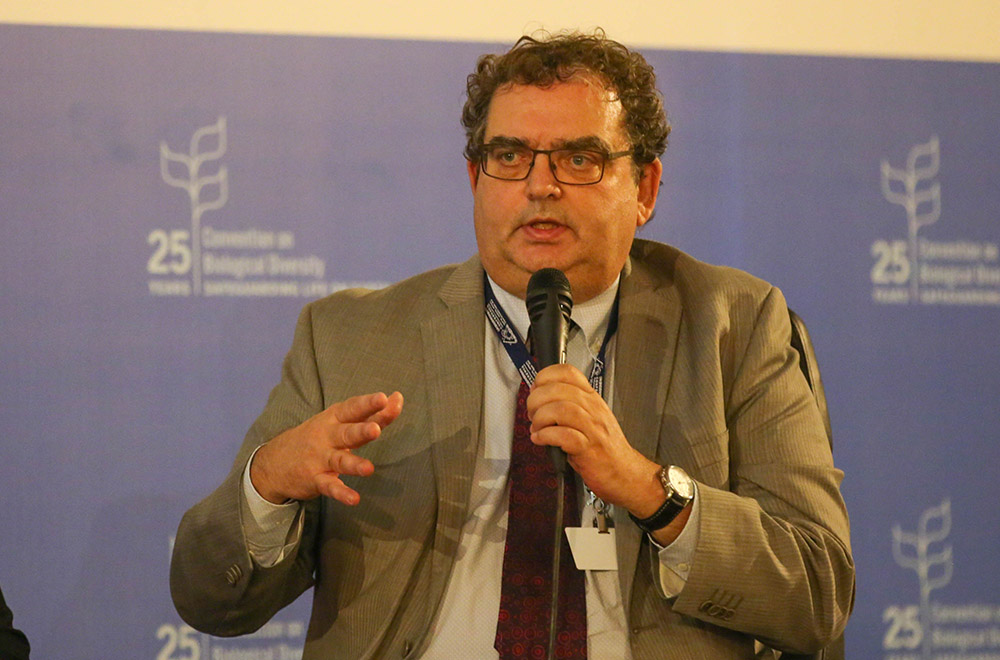
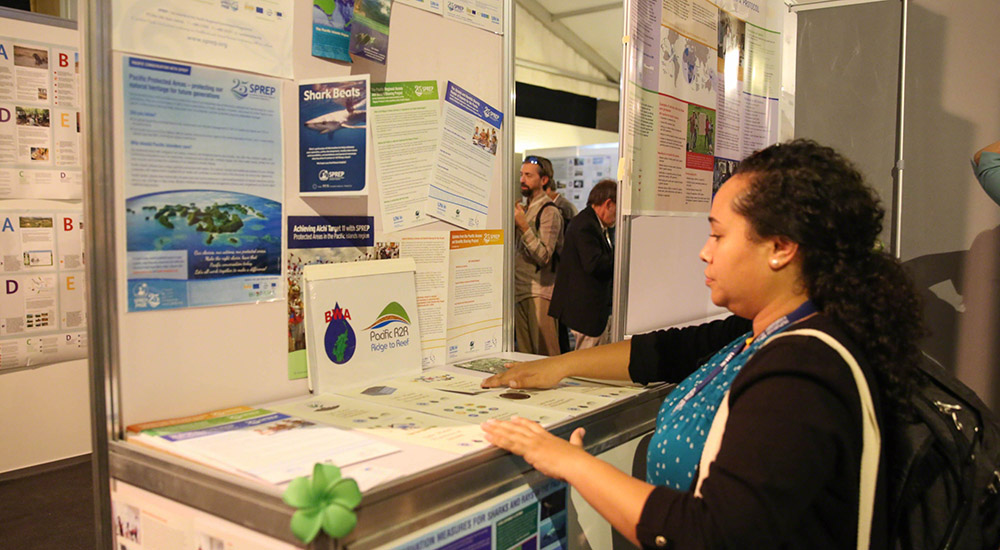
CONTACT
Andreas Gettkant | andreas.gettkant@giz.de
Blue Solutions | bluesolutions@grida.no
MORE INFORMATION
https://www.international-climate-initiative.com/en/?iki_lang=en
Around the Venue


